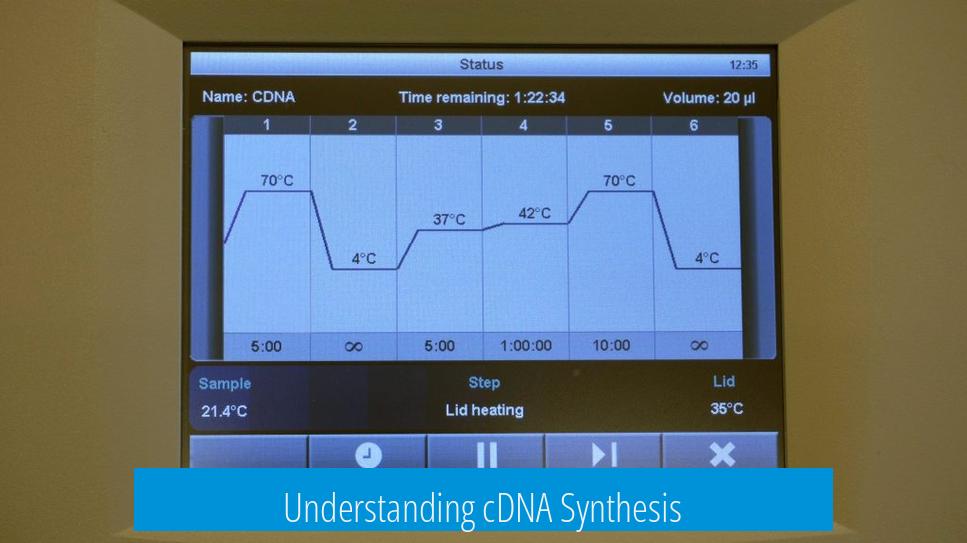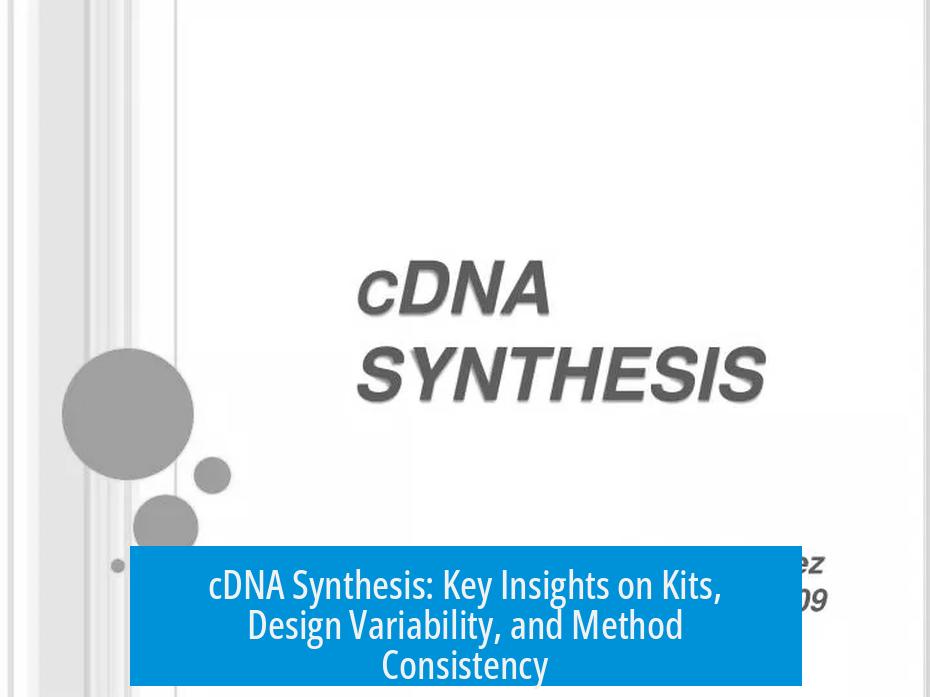Understanding cDNA Synthesis

cDNA synthesis is the process of converting RNA into complementary DNA (cDNA) using reverse transcriptase enzymes. This step is crucial in gene expression studies, especially quantitative PCR (qPCR), as cDNA serves as the template for amplification.
Impact of Different Kits and Enzymes
Various commercial kits use different reverse transcriptase enzymes. These enzymes differ in efficiency and fidelity, significantly affecting the quantity and quality of cDNA produced. Switching between brands or even lots of the same kit can introduce variability.
- Different brands may have distinct enzyme mixes impacting results.
- Using different kit lots can cause inconsistent data.
- Maintaining uniformity in kit choice reduces experimental variation.
Experimental Design and Variability
Using multiple kits or differently aged reagents adds variance, potentially confounding qPCR results. This is particularly important when precision is critical. However, when relative quantification involves housekeeping genes and multiple biological replicates, some variance from kits may be manageable.
- Avoid mixing kits unless carefully controlled.
- Distribute kit use evenly across replicates if necessary.
- Include kit type as a factor in statistical analysis to account for variability.
The biological variability often outweighs the noise introduced by different enzyme systems, but experimental design must accommodate this.
Maintaining Methodological Consistency
Reporting in methods sections demands clarity. Using different kits mid-study complicates documentation and may reduce reproducibility. Pilot experiments can assess kit performance, but consistent reagent use is advised for final experiments.
- Describe clearly if multiple kits were used and why.
- Consider halving reaction volumes to test kits side-by-side in a pilot.
- Use housekeeping genes to normalize and compare results between kits.
Practical Recommendations
- Obtain free samples where possible to pilot kits before committing.
- Stick with one kit for main studies to minimize variance.
- Design experiments to control or statistically account for possible kit-related differences.
Key Takeaways
- Use a single cDNA synthesis kit consistently for reliable qPCR data.
- Differing reverse transcriptase enzymes can affect cDNA yield and quality.
- Biological noise often exceeds variability from kit differences but controlling variables is essential.
- Include kit type in statistical models if multiple kits are unavoidable.
- Pilot tests using housekeeping genes help select the best cDNA synthesis system.





Leave a Comment